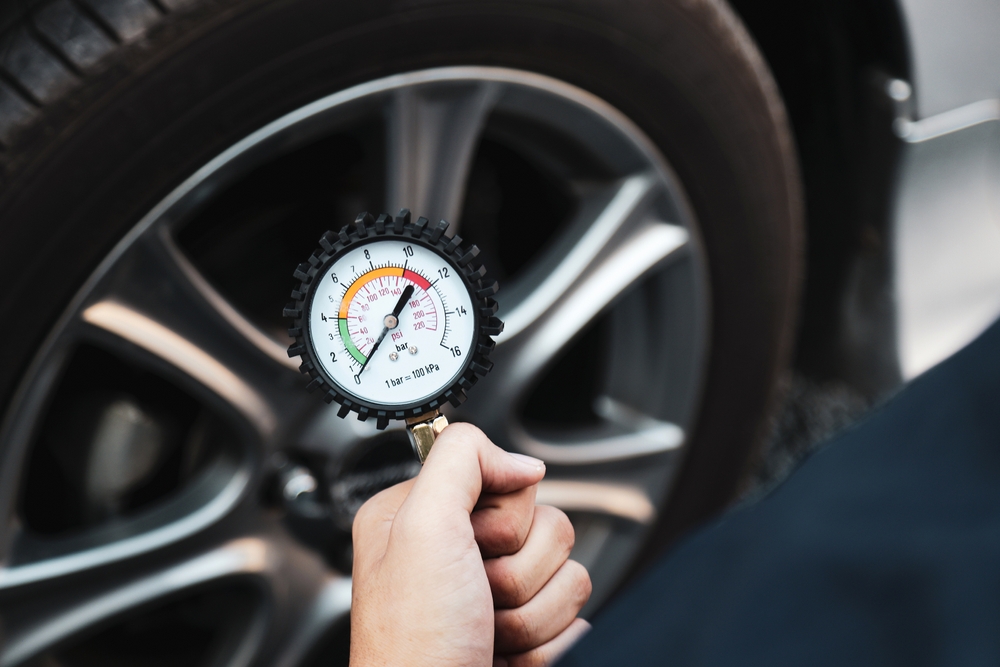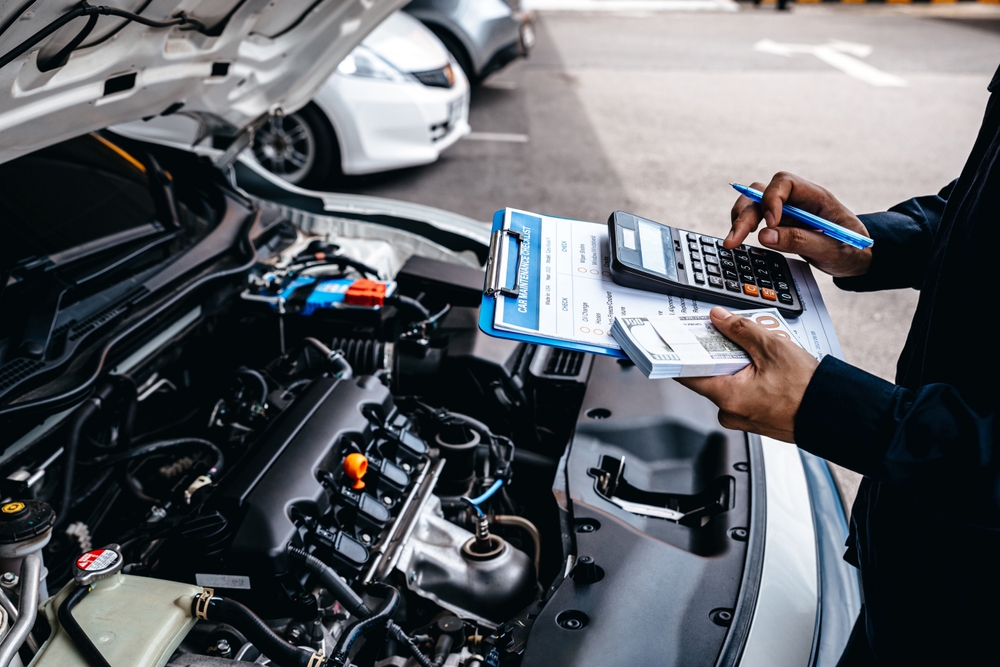Skipping regular tire rotations may seem like a minor oversight, but it can lead to significant and costly consequences. Uneven tire wear is one of the most common results, which reduces the lifespan of your tires and affects your vehicle’s handling and safety. You may also experience a rougher ride, decreased fuel efficiency, and added strain on your suspension system. In this article, we’ll discuss the unseen consequences of neglecting tire rotations and why this simple maintenance task is essential for keeping your vehicle running smoothly and safely in the long run.
Contents
Uneven Tread Wear
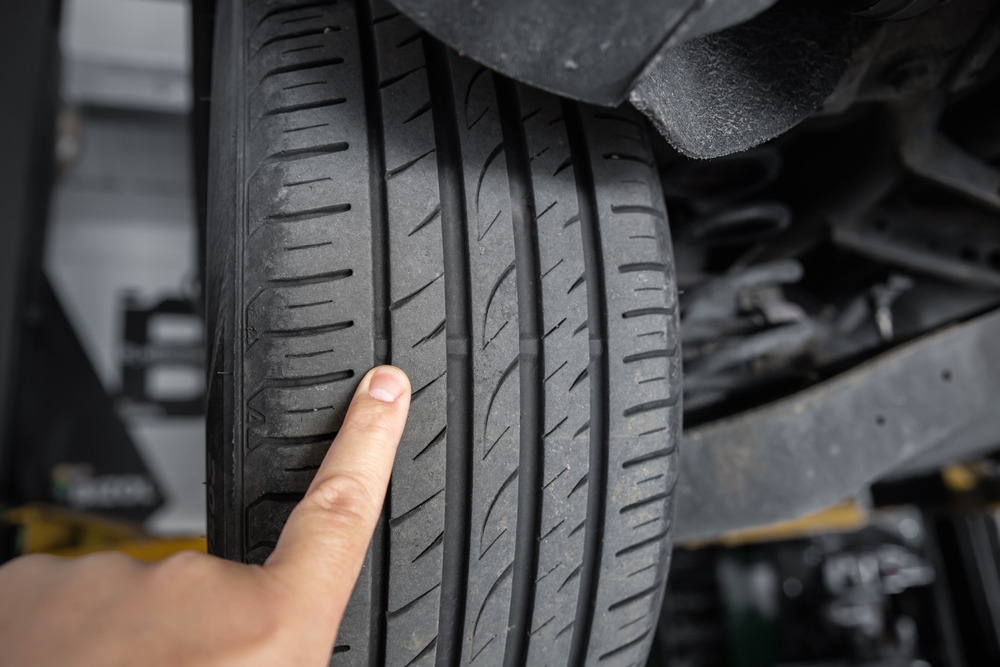
Skipping regular tire rotations leads to uneven tread wear, as certain tires bear more load and stress depending on their position. For example, front tires in front-wheel-drive vehicles experience more wear due to steering, acceleration, and braking forces. Over time, this uneven wear reduces the lifespan of your tires and can lead to poor traction. To prevent this, rotate your tires every 5,000 to 7,500 miles, ensuring more uniform tread wear and extending tire life.
Reduced Traction

When tires wear unevenly, they lose their ability to maintain optimal contact with the road. This reduced traction is particularly dangerous in wet or icy conditions, where grip is crucial. If the front tires are more worn than the rear, for example, it can increase the risk of hydroplaning. To avoid this, ensure your tires are rotated regularly to balance the wear and maintain the best possible traction on all four tires.
Increased Risk of Blowouts
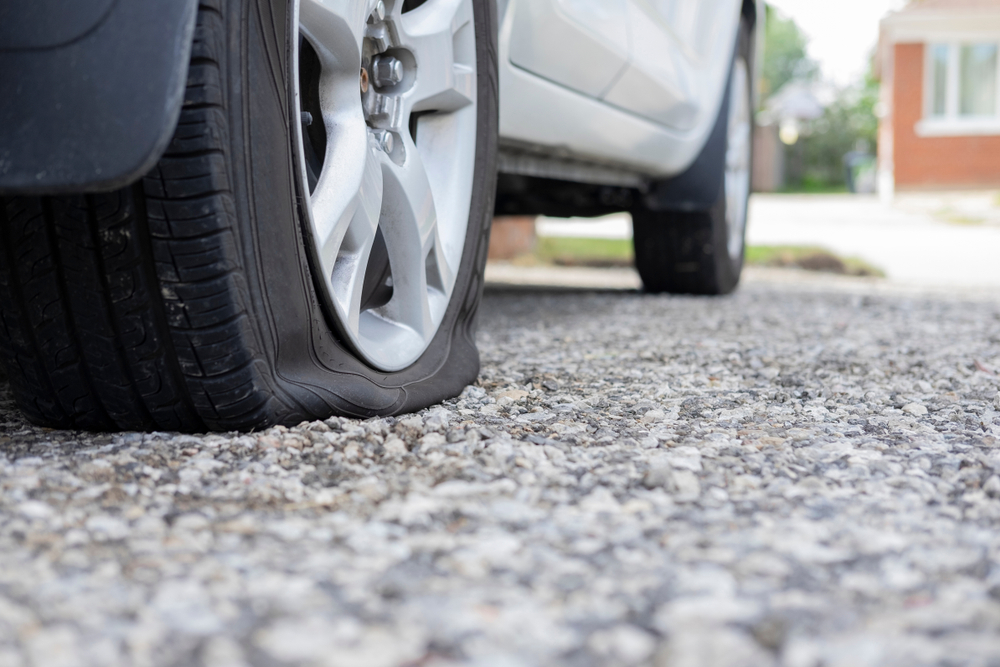
Tires with uneven wear are more susceptible to blowouts because areas with thin tread are weaker and more likely to fail under pressure. Blowouts are dangerous at high speeds, as they can cause you to lose control of the vehicle. Preventing this issue requires keeping a close eye on tread depth and performing regular tire rotations to avoid excessive wear on any one tire, reducing the risk of a blowout.
Steering Pull
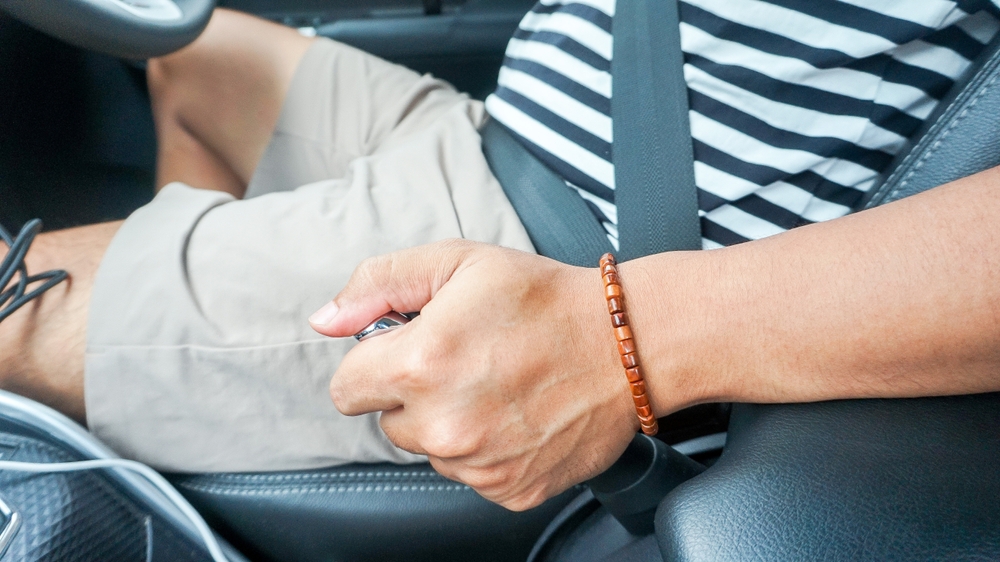
Skipping tire rotations can cause your vehicle to pull to one side while driving, particularly if one side of the tires is more worn than the other. This phenomenon, known as steering pull, makes it difficult to maintain a straight path and requires constant adjustments, leading to driver fatigue. Regular tire rotations can help ensure even wear on all tires, keeping your vehicle balanced and preventing steering pull.
Poor Fuel Efficiency

Unevenly worn tires increase rolling resistance, which forces your engine to work harder to maintain speed, ultimately reducing fuel efficiency. This extra strain can cause a noticeable drop in miles per gallon (MPG). Rotating your tires regularly ensures even wear and minimizes rolling resistance, allowing your vehicle to run more efficiently and saving you money on fuel.
Increased Vibration

As tires wear unevenly, you may begin to notice increased vibration while driving, particularly at higher speeds. This is due to the unbalanced wear patterns causing the tires to lose their smooth contact with the road. The vibrations can also strain your suspension system over time. By rotating your tires regularly, you can help maintain a smoother ride and reduce the risk of damaging other components of your vehicle.
Shortened Tire Lifespan
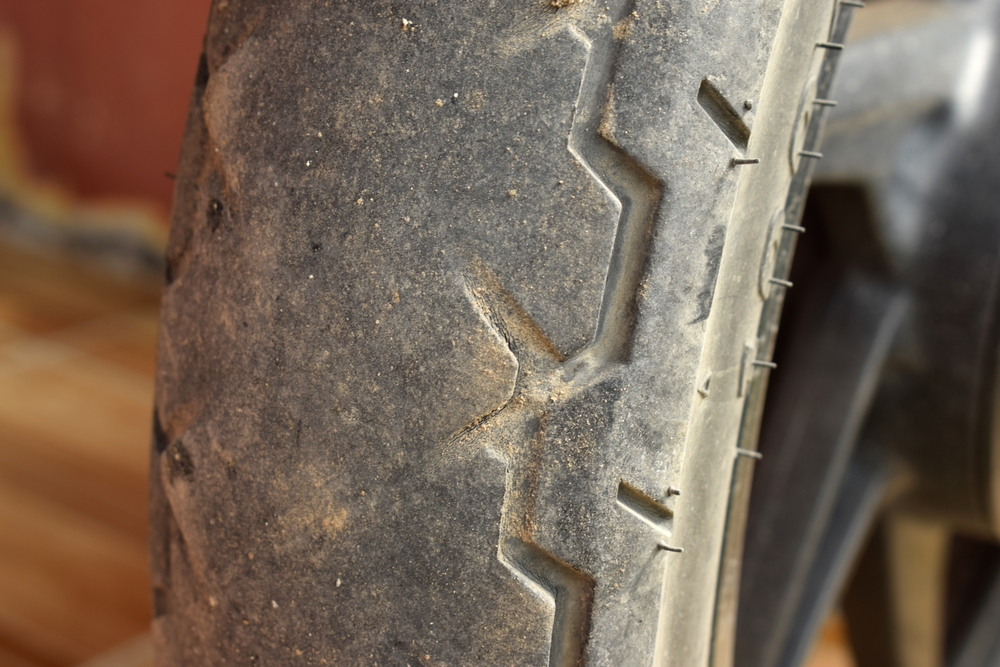
Tires that wear unevenly due to a lack of rotation will need to be replaced sooner than those that are rotated regularly. Replacing tires more frequently is not only costly but also wasteful. Rotating your tires extends their overall lifespan, maximizing the value of your tire investment and reducing the frequency of replacements.
Poor Handling

Uneven tire wear affects the handling of your vehicle, particularly during cornering or sharp turns. The worn tires may struggle to maintain their grip, leading to a less responsive driving experience. In high-speed or emergency situations, this can become dangerous. Regular tire rotations help maintain consistent handling by ensuring all four tires wear evenly and retain their optimal performance.
Alignment Issues

Skipping tire rotations can exacerbate or create alignment issues in your vehicle. Unevenly worn tires can cause the suspension and steering components to shift out of alignment, leading to poor handling and increased tire wear. If you notice your vehicle drifting or pulling, it may be time for an alignment check. To avoid these problems, combine regular tire rotations with routine alignment inspections.
Brake System Strain
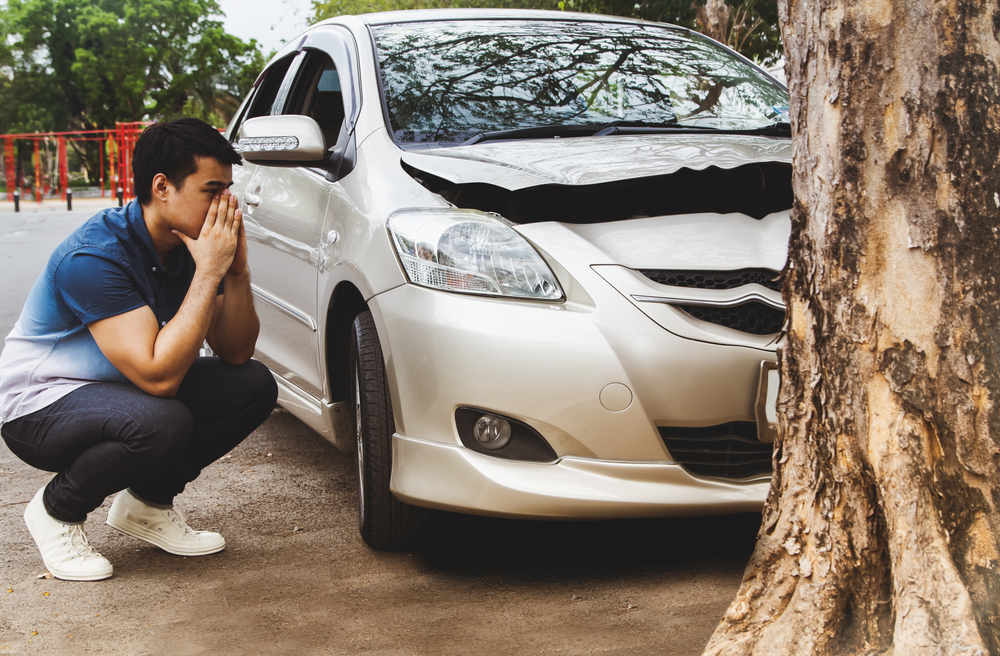
Tires that wear unevenly can put additional strain on your brake system. If some tires have more tread than others, they will grip the road better, leading to uneven braking forces. This imbalance can cause the brakes to wear out faster on one side of the vehicle, leading to costly repairs. Rotating your tires helps distribute braking forces more evenly, reducing strain on your brake components.
Compromised Tire Warranty

Most tire manufacturers offer warranties that are contingent on regular tire maintenance, including rotations. Skipping tire rotations can void your tire warranty, leaving you responsible for any premature wear or damage. Keep up with the manufacturer’s recommended tire rotation schedule to ensure you stay within the warranty’s requirements and avoid unexpected repair costs.
Increased Noise

Tires that wear unevenly often produce more road noise, especially at higher speeds. This noise is caused by uneven tread patterns that create vibrations as they contact the road surface. The noise can become distracting and make your ride less comfortable. Regular tire rotations help keep tread wear even, minimizing road noise and ensuring a quieter, more enjoyable driving experience.
Longer Stopping Distances

Unevenly worn tires may increase your vehicle’s stopping distance, especially in wet or slippery conditions. If the front tires have significantly more wear than the rear, they may not provide sufficient grip during braking, leading to delayed stopping. To maintain optimal braking performance, rotate your tires regularly so that they wear evenly and retain their ability to stop quickly and safely.
Suspension Wear
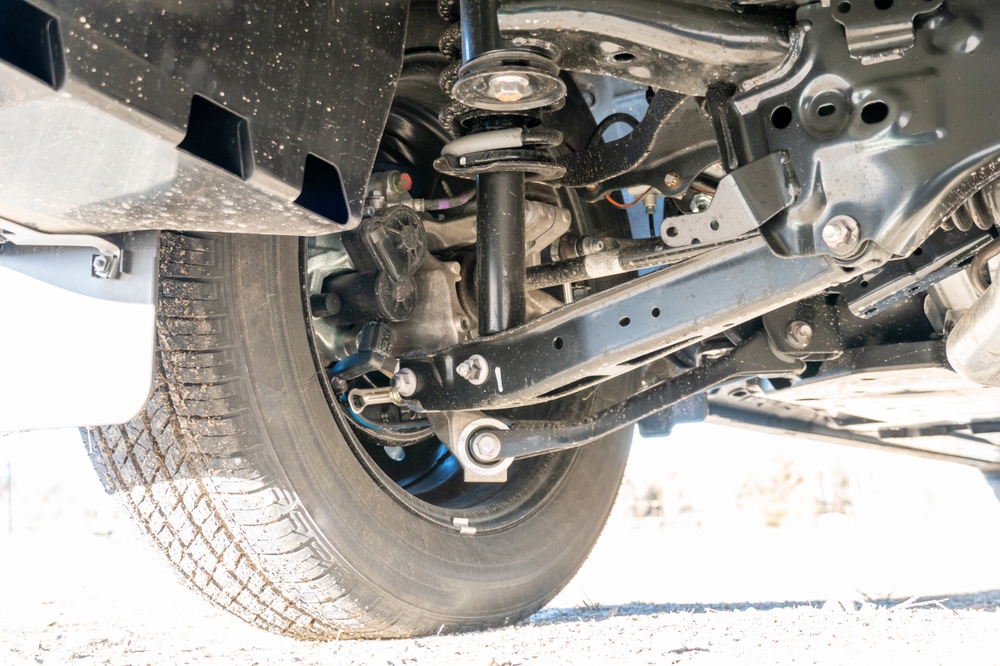
Uneven tire wear caused by skipping rotations can lead to increased stress on your suspension components. The added strain on shocks, struts, and springs from unbalanced tires can cause premature wear and tear, leading to costly repairs. Rotating your tires ensures that the suspension system operates smoothly, reducing unnecessary wear and extending the life of these critical parts.
Difficulty in Tire Replacement
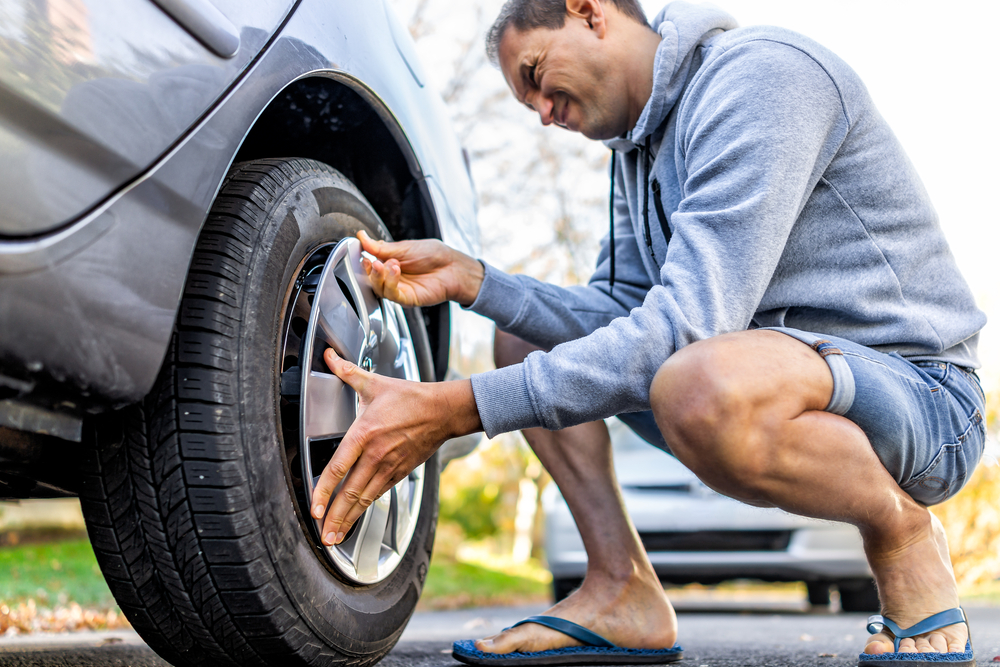
If you allow one set of tires to wear significantly more than the others, you may need to replace them at different times. Replacing just one or two tires instead of all four can lead to performance inconsistencies, as new tires often have better grip than older, worn tires. Regular rotations ensure that all tires wear evenly, making it easier and more cost-effective to replace them as a complete set when necessary.
Hydroplaning Risk

Skipping tire rotations can increase your risk of hydroplaning, especially if your front or rear tires are more worn than the others. Worn tires are less effective at channeling water away from the tread, which can cause the vehicle to lose traction in wet conditions. Regular tire rotations help distribute wear more evenly, maintaining optimal tread depth and reducing the likelihood of hydroplaning.
Premature Tire Replacement
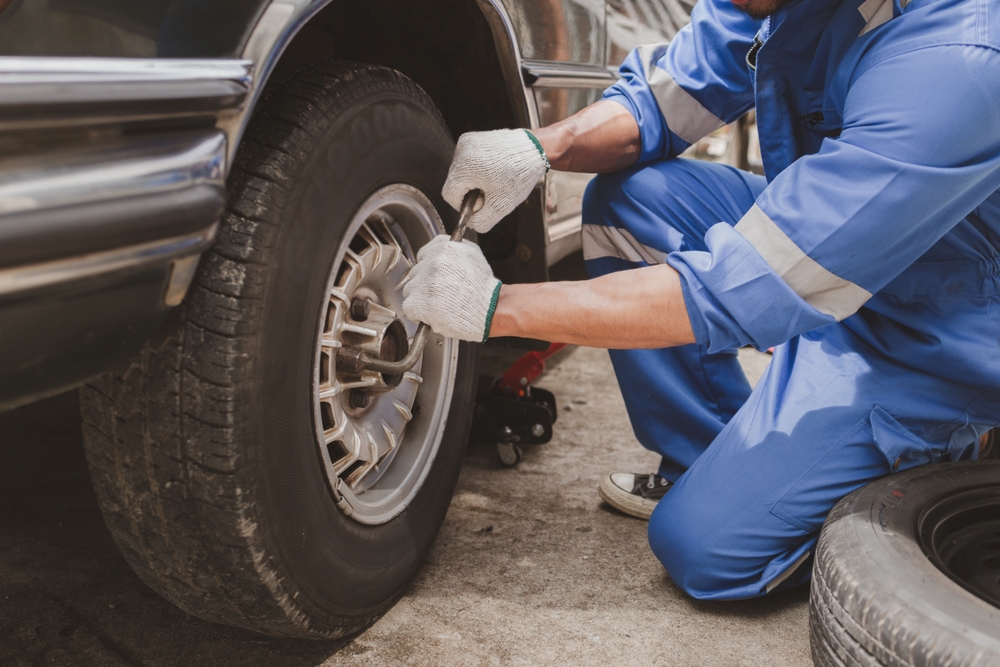
When uneven wear occurs, tires on one end of the vehicle may wear out long before the others. This can force you to replace those tires prematurely, even if the other tires still have life left in them. Regular tire rotations help ensure that all four tires wear at a similar rate, allowing you to replace them simultaneously, which is more cost-effective in the long run.
Difficulty in Maintaining Tire Pressure
Tires that wear unevenly may have difficulty maintaining proper air pressure, as the worn areas may experience increased stress and heat. Improper tire pressure can lead to further uneven wear, reduced fuel efficiency, and increased risk of blowouts. By rotating your tires regularly, you can ensure that each tire maintains its optimal shape, making it easier to manage tire pressure and avoid related issues.
Increased Maintenance Costs
Neglecting tire rotations can lead to a cascade of issues, from suspension damage to premature tire replacements and alignment corrections. Over time, these issues add up and result in higher maintenance costs. Regular tire rotations, on the other hand, are a simple, cost-effective way to prevent these problems and keep your vehicle running smoothly.
Compromised Ride Comfort
Unevenly worn tires can lead to a rougher, less comfortable ride, as the tires no longer provide a smooth, consistent contact patch with the road. This can result in more jarring movements when hitting bumps or uneven surfaces. To maintain a comfortable ride, rotate your tires as recommended to ensure they wear evenly and continue to provide the cushioning and stability you expect.
This article originally appeared in MyCarMakesNoise.
More from MyCarMakesNoise
Iconic `50s and `60s American Car Designs

These cars were more than just modes of transportation; they were symbols of freedom, innovation, and American craftsmanship. Read More.
The 18 Biggest Drawbacks of Electric Cars in 2024

Electric cars have become increasingly popular, but they’re not without their challenges. While they offer impressive technology and eco-friendly benefits, there are still significant drawbacks to consider. Read More.
25 Japanese Cars Renowned for Their 500,000+ Mile Lifespan
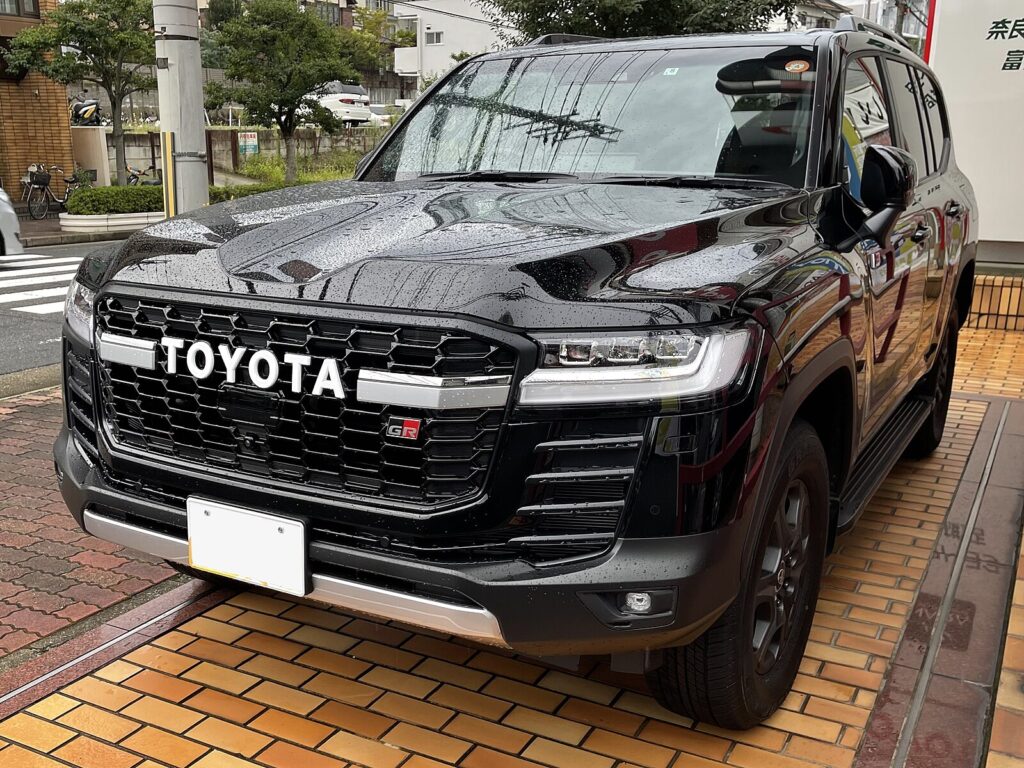
These vehicles are not just about durability; they offer exceptional performance, efficiency, and value, making them favorites among car enthusiasts and everyday drivers alike. Read More.

